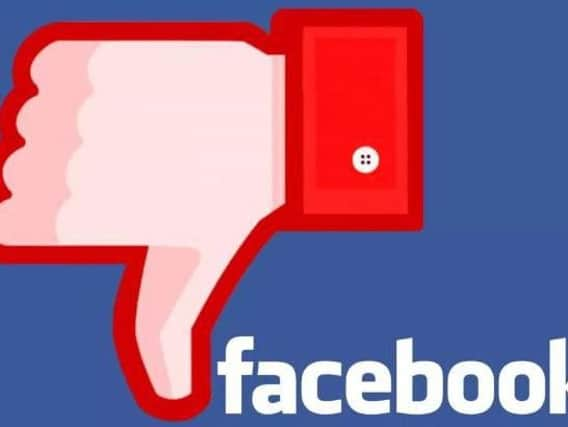Facebook trials downvote button for unsavoury comments


Users in the US spotted a downvote icon had appeared next to the options to like or reply to a comment.
Tapping the new button hides the comment, and provides the option to undo the action or explain your reason for downvoting as ‘offensive’, ‘misleading’ or ‘off topic’.
Advertisement
Hide AdAdvertisement
Hide Ad“We are not testing a dislike button. We are exploring a feature for people to give us feedback about comments on public page posts,” a Facebook spokesperson told TechCrunch.
This is running for a small set of people in the U.S. only.”
The downvote button appears to be an extension of the hide option, which is available but not immediately visible.
It is unknown whether the feature will be rolled out more widely at a later date. How downvotes appear on Facebook
Advertisement
Hide AdAdvertisement
Hide AdGiving user the option to downvote a comment raises interesting questions about Facebook‘s role as a publisher, rather than simply a platform, and regulation or censorship of the content it hosts.
Facebook has long denied it is a media company, with chief executive Mark Zuckerberg saying it was strictly a technology firm because it did not produce its own content in August 2016.
However, that soon changed when the company’s head of global creative strategy confirmed Facebook was looking into funding original and licensed programming, taking on the likes of Netflix and BBC iPlayer.
Zuckerberg has also previously denied the company had any plans to introduced a dislike button to counteract the existing like icon.
Advertisement
Hide AdAdvertisement
Hide Ad“We didn’t want to just build a Dislike button because we don’t want to turn Facebook into a forum where people are voting up or down on people’s posts. That doesn’t seem like the kind of community we want to create,” he said in 2015.
To give users greater expression, Facebook introduced a raft of emoticons to express outrage, shock or affection on comments in February 2016.